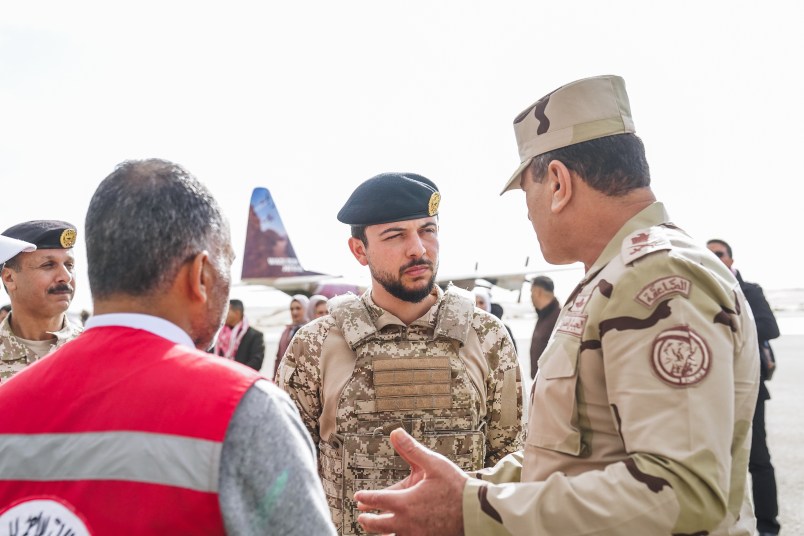In case you were feeling too rosy about the state of the world, it’s worth reading this new article by Zvi Bar’el in Haaretz (sub.req.) about “day after” scenarios in Gaza. You can believe, as I do, that Israel is and was justified in and in fact obligated to destroy Hamas’s de facto army in Gaza after the events of October 7th. Here Bar’el goes into some depth about the utter lack of any realistic plan about what comes after that happens, assuming it does happen.
I’ve already noted the malign role of the disgraced Israeli Prime Minister Benjamin Netanyahu. He is of course ideologically opposed to any move toward self-rule or statehood for any of the Palestinian territories. At the moment what is equally important is that he sees leaving the military and “day after” questions unresolved being in his personal and political self-interest.
That is only the beginning of the problems.
The most plausible path forward is to have some transitional force made up of Arab state militaries to administer the Strip in preparation for a resumption of rule by the Palestinian Authority. But all of the plausible Arab states – Egypt, Jordan, any of the Gulf states – are adamantly opposed to being involved in any way. The Palestinian Authority is also adamantly opposed absent a broader political agreement. But it appears they’re not terribly eager to get involved even if there were one or some real progress toward one. (Of course, the point is highly theoretical.) These points are known already. Bar’el focuses on the many ways that a multi-national force – the big other proposal – is somewhere between a fantasy and simply unworkable.
Only a few countries on earth have the military and logistical capacities to manage a project like that. The most obvious is the United States. But that is a complete non-starter for a hundred different reasons. The UN has some experience policing disengagement agreements. It has very little experience running what amounts to a small city-state.
It is a bleak situation. And I’m likely understating the malign impact of Netanyahu’s remaining in office. Even as I’ve all but ruled out all the conceivable possibilities, something will eventually happen. The future comes for us whether we’re ready or not. But Netanyahu is effectively able to prevent much progress even in discussing it.
In practice any plan needs at least Israel’s tacit approval. They are the military on the ground. But he’s spending most of his time ruling out the most obvious options. Add to this the fact that no one but no one trusts Netanyahu. Certainly among Arab governments and many non-Arab governments trust in any Israeli government is at a low point. But Netanyahu is in a different category. Add to the fact that his government is stacked with extremists and fanatics who now routinely utter barbaric comments and propose unthinkable policies even if the government isn’t following through on them.
There’s really no ‘and therefore’ here. It’s just pure bleak and that’s just focusing on what comes next. We’re not even getting into what is happening now.






